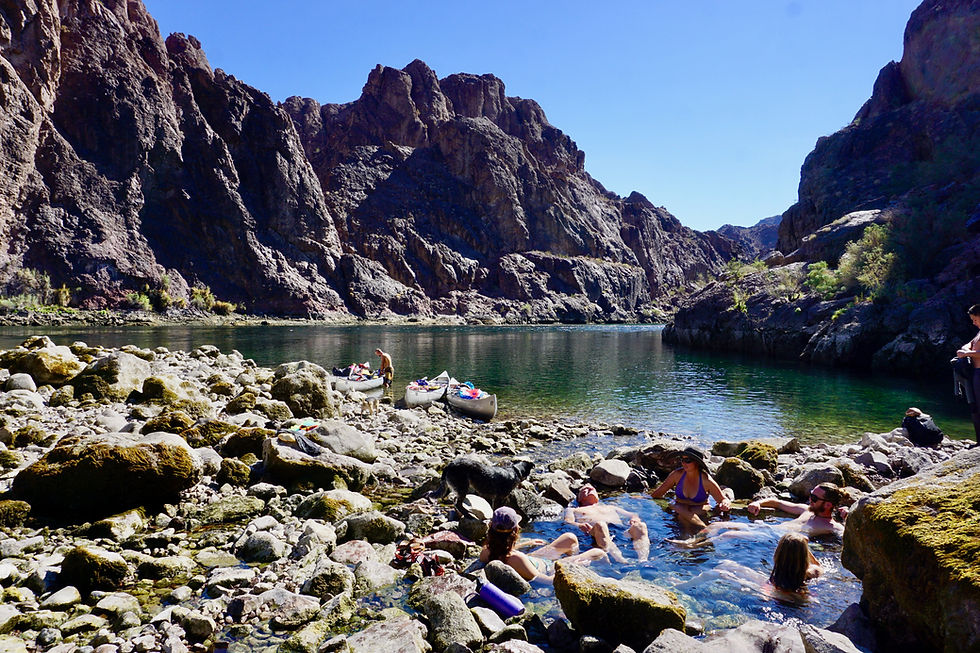DSLR Trail Cameras
- Catie Clune

- Aug 9, 2019
- 3 min read
I was invited to join Felide's training to set up and monitor DSLR cameras, build out with customized cases to make high quality camera traps.
In order to leave $5000 worth of equipment out for this type of monitoring, we chose an area owned by SFPUD along the peninsula of the SF Bay. From this ridge line we had 360 degree views from Pacifica to South San Francisco, but we were surrounded by thousands of protected acres of land that were blocked from public use.
As we drove the truck miles and miles down dirt fire roads we approached a saddle with a simple trail camera that we monitor year round.

We could see scrape after scrape of the lion marking it's territory. They use their paws to scrape and scent mark an area in their territory, especially along the borders of other cats territory. With this site in mind we had one more location to scope that was a bit more wooded due to a freshwater spring that bubbles up from the ground.

We liked the spring spot because of the shady grove of redwoods that have formed around it. In this thick, deep duff from the redwoods we could see 10-15 different scrape markings. What really sealed the deal was the piled of entrails left by the cat during a recent meal. Cats will surgically remove certain portions of an animals gut, like the stomach to avoid the stomach acid.
The camera itself has many settings to prepare before leaving it out, but the complexity of the trigger pairing with the flashes and the camera proved to take many hours to set up. With some older components we continued to test and test, after we would fix one flash, then the trigger would stop working. We finally got to the point where we could prepare for the animal.
Beyond setting the camera up at the correct angle, we planned and predicted each step we hoped it would take. We blocked off alternate routes, and places sticks to prepare for the ease of each paws placement.

After the understanding the complexity of the set up and all the factors that had to work together to capture anything, I did not have a ton of hope to what we would find. Just a couple days after we set up the camera a HUGE rainstorm came through the area. We knew the set up was not perfectly water sealed because of the on site modifications we had to make, due to some equipment failure.
Many of my cameras I have to wait until I get home to view the findings, because I hike many miles to the different sites. At this location we drive the truck right next to the site and I was able to bring my computer with us.
As I pull up the SD card on my computer I notice we do not have very many photos captured, and many of the ones could have been tests from our initial set up day.

Wow it worked! While it wasn't the beast we expected we could confirm at one point the trigger activated the camera and 2 of the 3 flashes. If the third flash had been working the dark shadow on the far side of the animal would have been lit up to balance the scene.

What!? We got one?! Well just the butt anyways.
All of that planning footstep by footstep and he came through in the opposite direction. But did you notice I said he? This perspective is critical in identifying males and females, so we know from that dark spot you can see under his tail that he is indeed a male.
The moisture from the storm shorted out our system soon there after, but we couldn't be more excited to keep honing in the set up.
We are currently seeking funds to help us update our monitoring equipment, because camera technology has improved a lot over recent years.
If you would like to donate to keep this work going, please contact brad.nichols@felidaefund.org



Comments